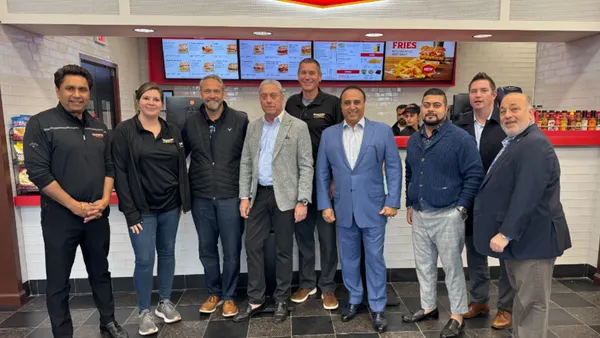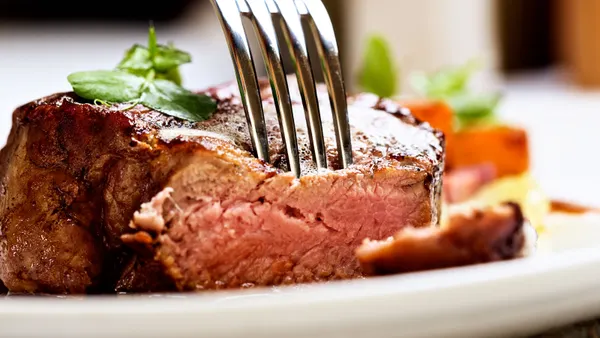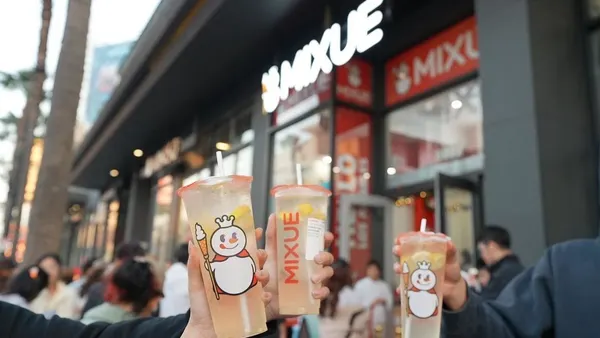Dive Brief:
- AI-powered answering service Numa partnered with Google to allow restaurants and other businesses to receive calls or texts through Google Maps and Google Search using Google’s Business Messages, according to a press release emailed to Restaurant Dive.
- With Business Messages, merchants can text with business phones, including landlines, and receive texts through the service from existing phone numbers.
- Numa’s virtual assistant and concierge platform uses AI technology to learn from every employee-customer interaction to adjust answers automatically in a voice tailored to each business.
Dive Insight:
Companies like Chipotle have already turned to AI to take phone orders, but the new Google feature will help small businesses that lack the funding to invest in such a system. With so many ways for customers to communicate with businesses, a tool that can respond to all inquiries can help. As companies deal with short-staffing or social distancing rules in restaurants, additional flexibility to respond to customer inquires may relieve some pressure.
The new service could help restaurants reach a new swath of customers. By allowing diners to communicate with a restaurant through Google Maps or Google Search, participating restaurants can more readily convert potential consumers to long-term ones. Being able to connect with a restaurant and place an order with the tap of a button offers a level of convenience that customers are craving these days, particularly when takeout and delivery are booming.
Customer service is a key consideration for many consumers when deciding where to eat. Around 70% of consumers say they will spend more money to do business with a company that offers great customer service, according to American Express. Consumers also tend to think it is important for restaurants to remember their name or favorite drink order, according to OpenTable. Tapping into an AI-powered system that is continually improving a restaurant’s customer service interactions could be a competitive differentiator.
Google has made a number of moves to boost its restaurant offerings as consumers increasingly turn to mobile devices to find restaurants and place orders — around 72% of online searches for restaurants take place on a mobile device. In April, Google added delivery and takeout filters to its Google Maps service to help consumers find restaurants amid COVID-19 disruption. Last year, the platform integrated with Olo to allow customers to order food directly from the platform’s network of 70,000 restaurants through Google Search, Maps and Google Assistant. KFC Canada recently started trialing Google’s food ordering feature available through its website, mobile apps, and voice-powered devices, as well.








